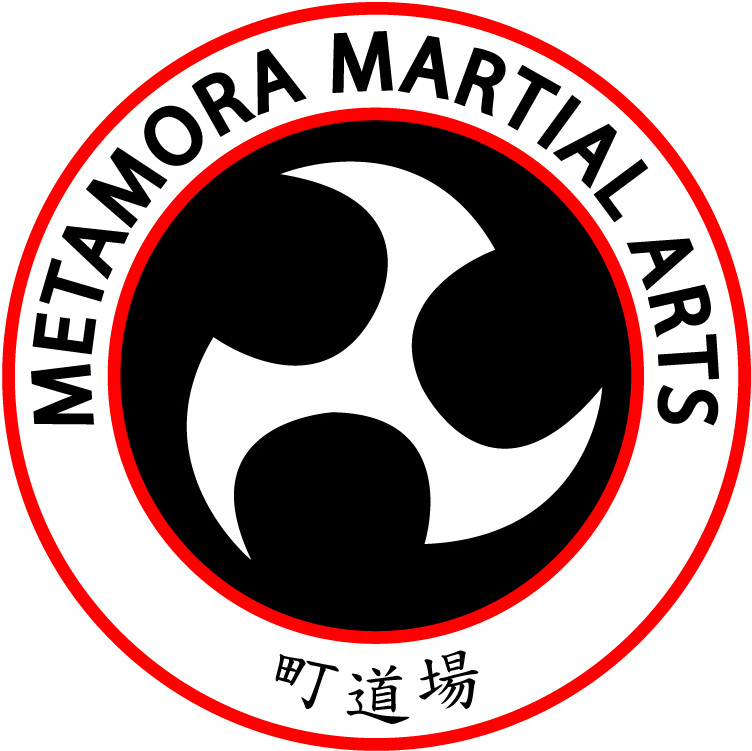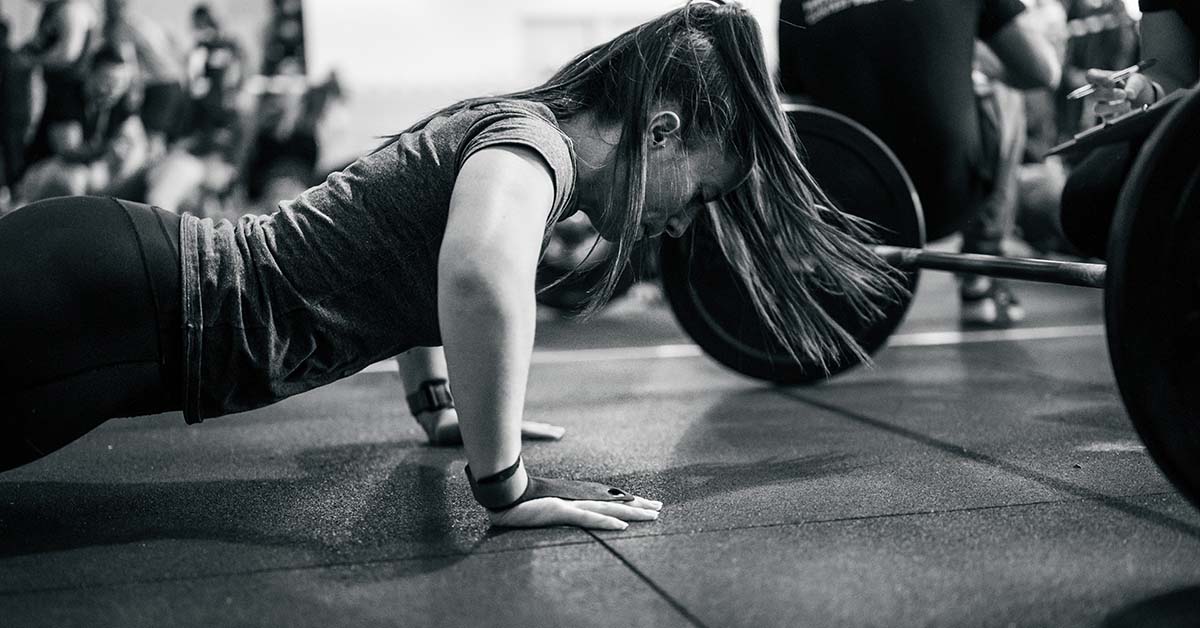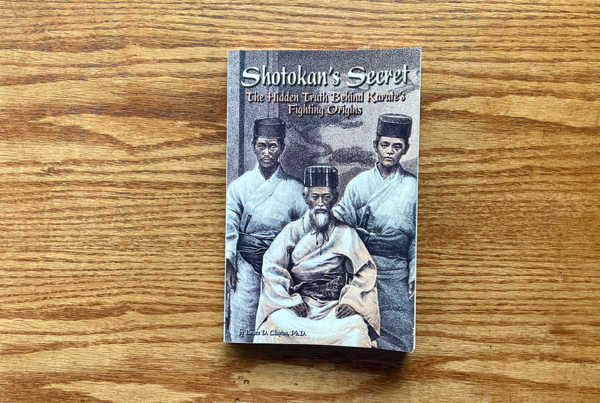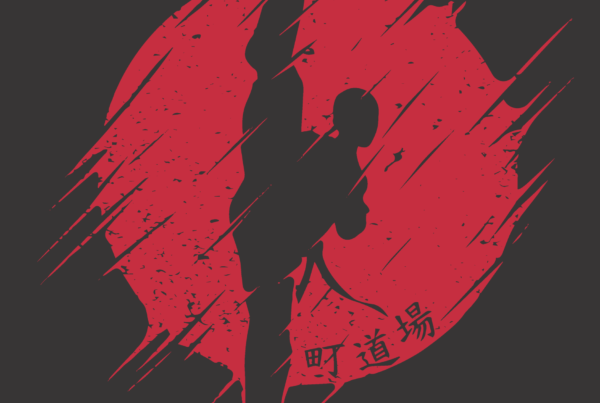I have an unpopular opinion about martial arts.
I believe that martial arts instructors should be role models for health and fitness.
If you’re wondering why this is unpopular or controversial, so did I.
Until I started to see the comments pour in on Black Belt Magazine’s Facebook page about unpopular martial arts opinions.

In this post, I’ll attempt to pick apart these comments thoughtfully.
I argue:
- The true need for self-defense is low.
- Exercise is critical to peak health.
- Qualified martial arts instructors have a role to play in exposing their students to fitness.
My perspective is informed by two factors.
First, I’ve practiced and taught some combination of karate and tai chi chuan for the last 20 years.
I’ve also been a certified personal trainer since 2017—verify me by searching for Adam Bockler at the U.S. Registry of Exercise Professionals.
Let’s dive in.
Crime In The United States Today Has Gone Down Over The Last 30 Years…
When I think of self-defense, my mind’s eye immediately goes toward a person walking alone in a dark alley and being jumped by a man.
In school, self-defense meant standing up for myself when one of my brother’s friends was being a jerk to me.
You might have similar perceptions about what self-defense means, as well.
Many martial arts schools know that, so they try to scare people into joining their classes and workshops.
I don’t blame them.
Americans tend to believe crime is up.
But, the truth is that violent and property crime rates are down significantly over the last 30 years, according to the Pew Research Center’s analysis of data from the FBI and Bureau of Justice Statistics.
In other words, crime is at near record lows in a generation.
In my view, the need for practicing martial arts for self-defense applications is low.
I know—I’m shocked to say that, too.
I believe martial arts help teach students awareness, which in turn reduces the need for hand-to-hand combat.
And martial arts lay out the framework for defending oneself should the need arise.
It’s great information to have in your back pocket.
But, I don’t know the practicality of focusing so much on self-defense when there’s a greater danger lurking.
I’m talking about the prevalence of chronic illness.
…While Chronic Illnesses Harm More People Than Anything Else
Self-defense, in my view, means protecting yourself, period—whether it’s against someone else or against your own body and mind.
Look at some of the CDC’s top causes of death in the United States, all of which are related to obesity:
- Heart disease
- Cancer
- Stroke
- Diabetes
“These are among the leading causes of preventable, premature death,” says the CDC.
Other “obesity-related conditions include high blood pressure,” the CDC reports, as well as “breathing problems such as asthma and sleep apnea, and joint problems.”
About 1 in 5 children (especially teenagers) and 2 in 5 adults are considered obese.
How do we combat obesity and its effects?
The Physical Activity Guidelines for Americans recommends the following each week:
- For adults, 150 minutes of moderate-intensity aerobic physical activity or 75 minutes of vigorous-intensity physical activity, or an equivalent combination each week
- For children and adolescents, at least 60 minutes every day.
“Following these guidelines can contribute to overall health, and decrease the risk of chronic diseases such as heart disease, cancer, or diabetes,” the CDC says.
And I believe one way to follow those guidelines is by practicing martial arts.
Qualified Martial Arts Instructors Should Intervene And Teach Healthy Habits
Remember my apparently unpopular opinion that martial arts instructors should be role models of health?
Here are a few responses I received to that idea and why I think they’re misguided.
“As a student, I feel like it’s insulting for me to pay you to teach me self-defense, and instead you’re charging me for you to watch me do push-ups.”
Push-ups have a direct application to martial arts!
They help build a strong chest, arms, and core—all of which are vital to martial arts techniques like blocking, punching, and kicking.
Not to mention other exercises like pull-ups for grabbing and pulling.
Squats and lunges are great for kicking and stance work.
I could go on and on and list why thousands of exercises aid in martial arts and overall health, but I hope you see my point.
Doing any number of exercises or exercise formats helps people not only ward off obesity and its effects, but helps people learn and practice skills like balance, coordination, agility, explosiveness, and more.
Plus, all of these exercises build strength: a critical component of self-defense and physical activity in general.
The ancient masters knew this, too—they used calisthenics and resistance training to improve themselves and their arts.
“Students should be responsible for their own fitness.”
Yes, I agree—the key phrase is should be.
But, in my own experience, they’re not.
When I first started learning martial arts in high school, that was my primary exposure to fitness.
I didn’t exercise outside of the mandated PE class.
I didn’t care to try out for a traditional team sport like football or basketball.
Frankly, I didn’t care about sports, so I wasn’t motivated.
More importantly, I didn’t know how to exercise.
So I joined karate.
I kicked and punched my way through the ranks, not fully comprehending the great workout I got along the way.
My instructor introduced me to conditioning and strength training along the way.
He had us do pushups and crunches and showed us around a weight room.
If my experience is like someone else’s, martial arts may be the only exposure a student (especially a child or teen) has to exercise.
Conditioning is also a built-in component of martial arts competition and promotion.
Requirements to be promoted through the ranks often include some level of physical activity, such as pushups, running, and weightlifting.
Instructors also often require students to spar longer as black belts than yellow belts, for example.
For competition, students need to train for both sprinting and endurance.
They need to sprint because they’ll need to fire off multiple techniques quickly and endurance.
And they’ll need endurance because their matches may go several minutes, or have to fight in multiple matches.
While students are ultimately responsible for their own fitness, a martial arts instructor can help point the way for someone.
Health & Fitness Is Vital To Martial Arts—And Life—Success
Martial arts classes are a way for people to work out who wouldn’t normally be exposed to it.
In my classes, I teach primarily martial arts while still including components of yoga, resistance training, and conditioning.
If you feel like martial arts classes are not a place for a workout, maybe my class isn’t the best place for you.
But I’ll continue doing my part to help set students of all ages up for success outside my dojo by being a role model of fitness for them.
Photo by Bastien Plu on Unsplash




